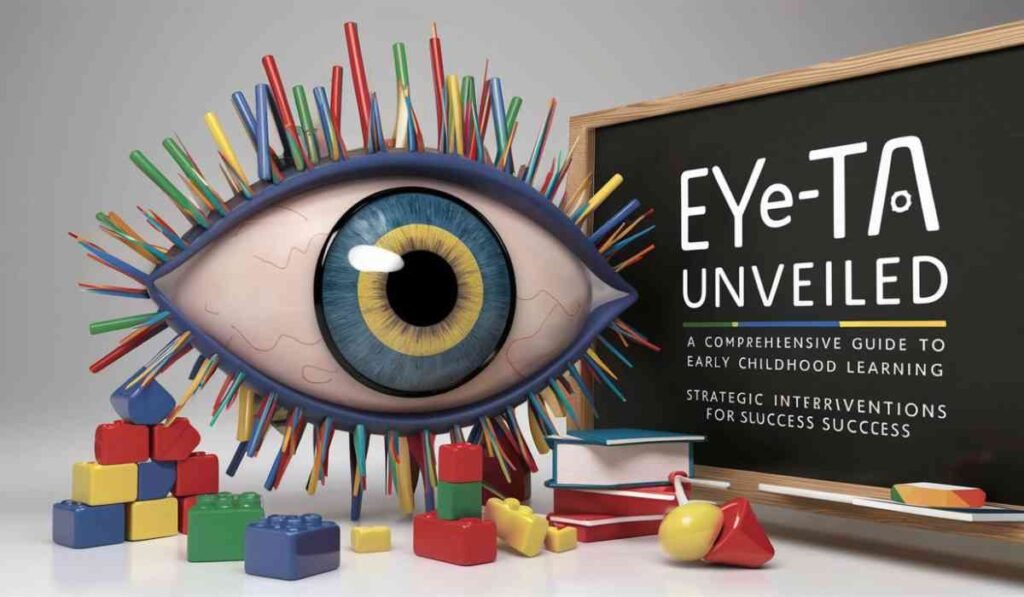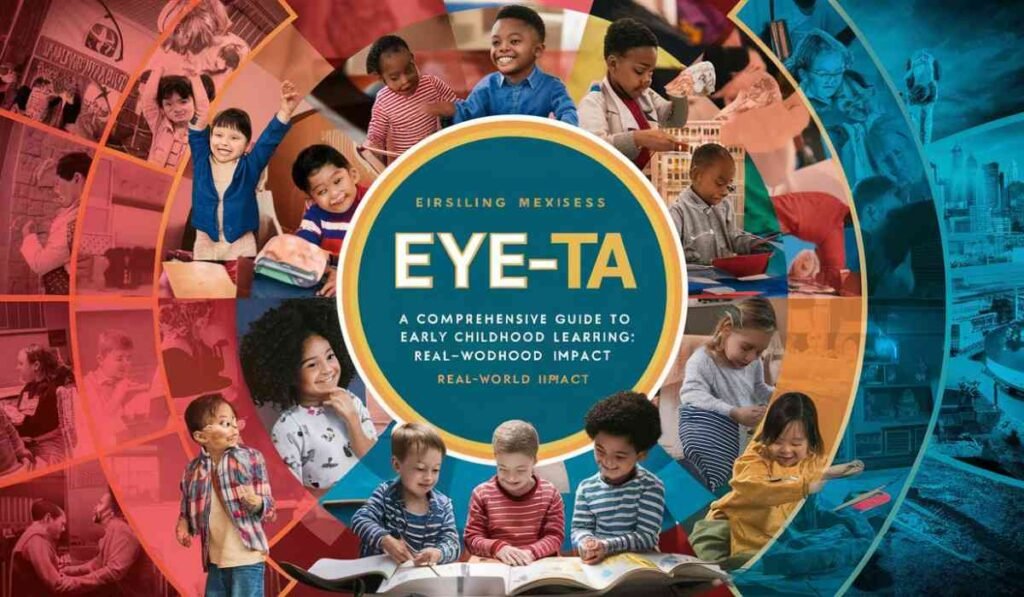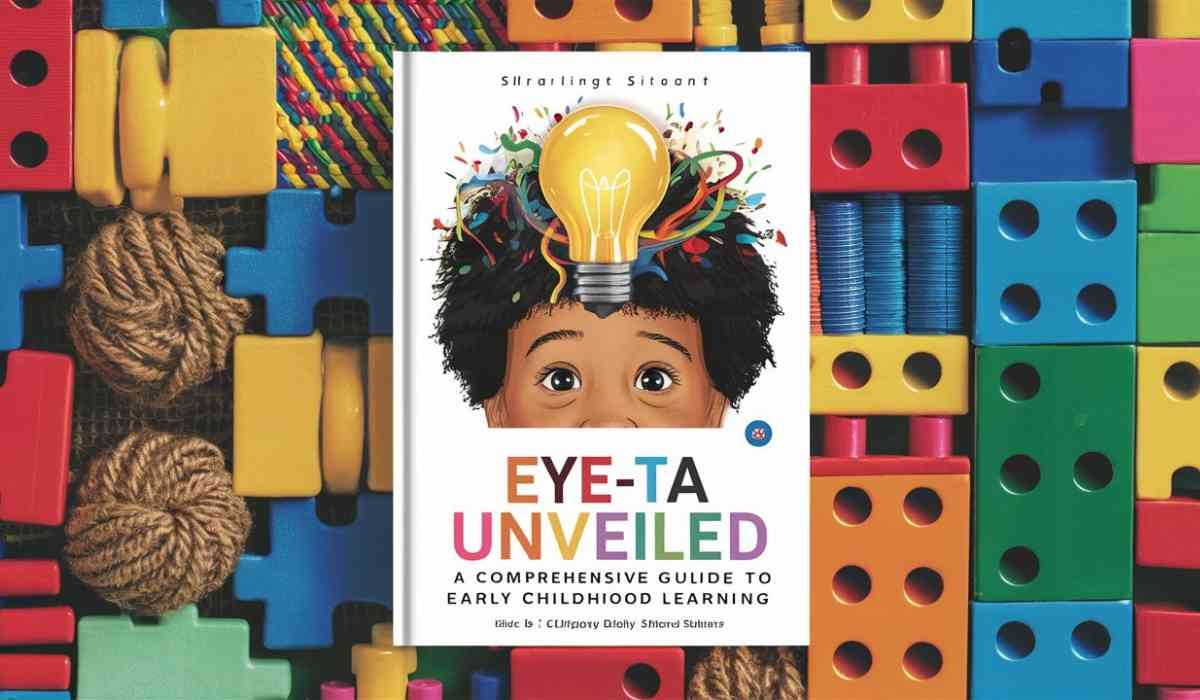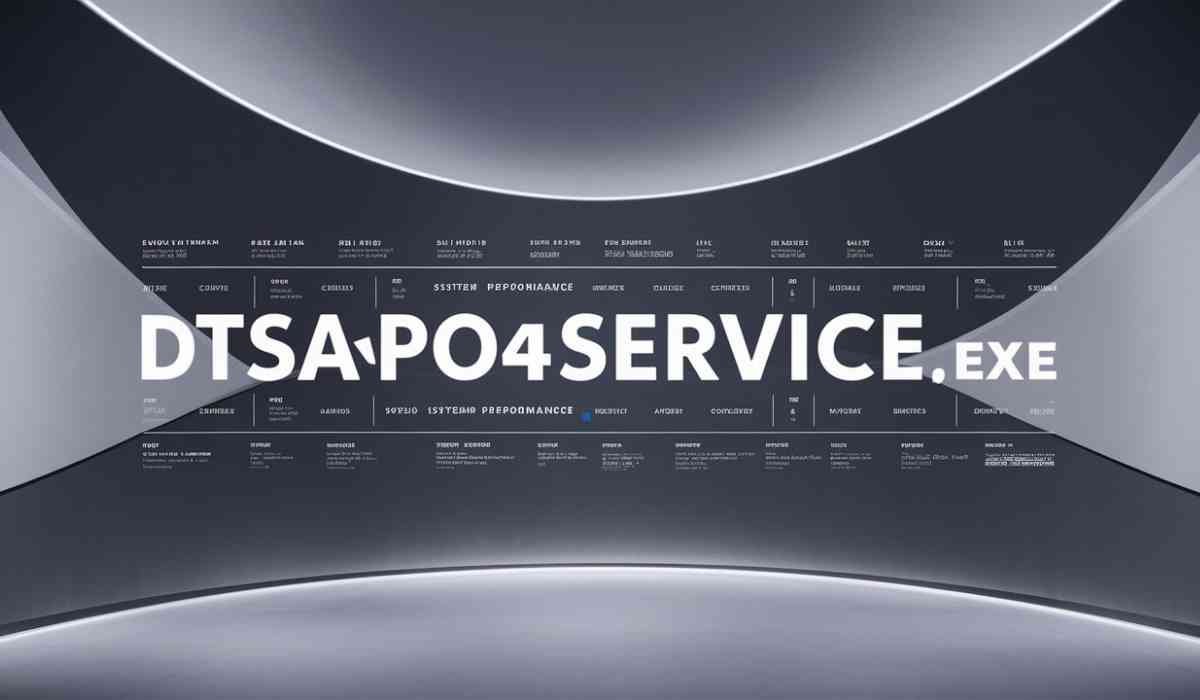In the dynamic landscape of early childhood education, every child is a unique puzzle piece, influenced by family, school, community, and beyond.
Recognizing and nurturing each child’s potential is crucial. Enter the Early Years Evaluation—Teacher Assessment (EYE-TA), a comprehensive tool that provides a holistic view of a child’s development.
This innovative resource empowers school leaders, educators, and parents to understand and support each child’s unique growth journey.
Read on to discover how the EYE-TA revolutionizes early childhood education and lays the groundwork for lifelong success.
Continue reading to discover how the EYE-TA can revolutionize early childhood education.
A Foundation For Growth
The EYE-TA is not merely an assessment; it’s a foundation for fostering growth and development in young learners.
The stakes couldn’t be higher, with a significant percentage of children entering primary school one or more years behind their peers in cognitive or language skills.
The EYE-TA is a preventive measure that identifies potential reading and learning difficulties early on.
By offering data on each child’s strengths and areas needing further development at the start of the kindergarten year,
Educators can make informed decisions that have a lasting positive impact on literacy skills and overall child development.
Strategic Interventions For Success

The EYE-TA is not just another early learning assessment; it’s a game-changer. Implemented at the beginning of kindergarten, it provides immediate, detailed reports and specific interventions.
This early diagnosis allows educators to swiftly apply the right supports, addressing areas of concern across key developmental domains.
Unique to the EYE-TA is its direct link between assessment results and classroom practice.
This ensures that intervention activities are tailored precisely to the developmental needs identified, making it a powerful tool for fostering early academic success.
Real-World Impact

The practical application of the EYE-TA in various educational settings has produced remarkable results.
Case studies show its effectiveness in pinpointing where children need support, allowing for quick, targeted interventions.
For instance, a kindergarten class saw significant improvements in emergent literacy skills after teachers used EYE-TA data to guide their instructional strategies.
These real-world examples highlight the EYE-TA’s value in enhancing educational outcomes, proving that early intervention can lead to lasting academic success.
Celebrating Milestones

One of the most rewarding aspects of the EYE-TA is its pre-post model, which allows educators to measure and celebrate learning gains throughout the school year.
By establishing an early baseline for kindergarten readiness and emergent literacy skills, the EYE-TA supports consistent monitoring and targeted interventions.
This approach meets each child’s developmental needs and fosters a culture of achievement. Celebrating these milestones motivates students,
Teachers, and parents alike, creating a positive and encouraging learning environment.
Conclusion
The Early Years Evaluation—Teacher Assessment (EYE-TA) stands as a beacon of innovation in early childhood education.
By offering a comprehensive approach to understanding and supporting young learners, the EYE-TA equips educators with actionable insights into each child’s development.
This tool enhances educational outcomes by ensuring that every child has the opportunity to reach their full potential.
For school leaders, educators, and parents dedicated to fostering early childhood development, the EYE-TA is an invaluable resource.
Explore our resources and case studies to learn more about how the EYE-TA can transform early childhood education in your community.
Together, let’s unlock the potential of every young learner and set the stage for a brighter future.
FAQs
What is the EYE-TA?
The Early Years Evaluation—Teacher Assessment (EYE-TA) is a cutting-edge tool for early childhood educators to assess children’s developmental progress in key areas. It helps identify areas needing support and implements targeted educational interventions to foster growth.
How do I access EYE-TA?
Access to EYE-TA requires a login provided by your educational institution or organization. This secure login ensures educators can safely manage and review assessment data.
How are answers evaluated in the EYE-TA?
Trained educators conduct EYE-TA evaluations by assessing children’s responses against a standardized framework to determine strengths and areas needing further development.
Is there a standard template for conducting EYE-TA assessments?
Yes, the EYE-TA program provides a standard template that guides educators through the assessment process. This includes sections for recording observations, scores, and notes on interventions.
What is EYE-DA, and how does it differ from EYE-TA?
EYE-DA (Developmental Assessment) is another tool focused on early childhood developmental milestones. While similar in purpose to EYE-TA, EYE-DA may have a different scope or be used in different contexts.
Why is early assessment important in childhood education?
Early assessment helps identify developmental delays and learning disabilities at a young age, allowing for timely intervention and support. This early detection is crucial for setting a strong foundation for future learning and development.
How can parents support their children’s development alongside EYE-TA?
Parents can support their children by engaging in activities that promote cognitive, language, and social-emotional skills at home.
Collaborating with educators to understand assessment results and follow through with recommended interventions can also enhance a child’s development.
What makes EYE-TA different from other assessment tools?
The EYE-TA is unique because it not only assesses children’s developmental progress but also links the assessment results directly to classroom practices.
This ensures that interventions are tailored specifically to the areas where each child needs the most support, fostering effective and targeted growth.









